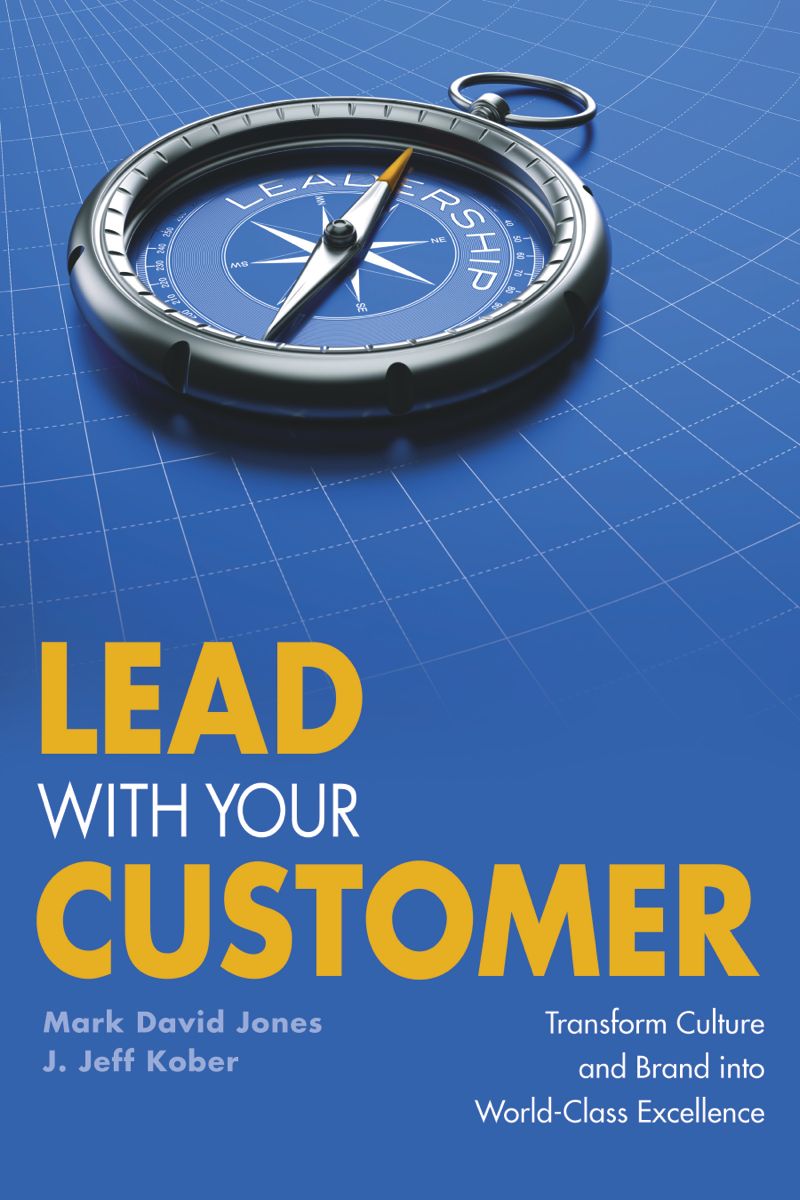Our thought leadership about how to make organizations successful has led to the following model:

Moving from right to left, let’s look at the links that connect these boxes together. Our thesis is that highly satisfied customers–not satisfied customers–are what really create growth and long term success.
Let’s look at an example of this in the private sector. For several years, Xerox polled 480,000 customers per year regarding product and service satisfaction using a five-point scale from 5 (high) to 1 (low). At that point, Xerox’s goal was to achieve 100% 4s (satisfied) and 5s (very satisfied) by the end of 1993. But eventually an analysis of those who gave Xerox 4s and 5s on satisfaction found that the relationships between the scores and actual loyalty differed greatly depending on whether the customers were very satisfied or satisfied. Those giving Xerox 5s were six times more likely to repurchase Xerox equipment than those giving 4s.
We didn’t lay down the research as to the relationship between engaged employees and highly satisfied customers. According to numerous studies, including the Harvard Business School research on this model, there is a direct correlation between those organizations with superior employee engagement that delivers value and loyal customers (regardless of whether they are external customers or internal customers (employees) – which, in turn, correlates to superior operational and financial results. In fact, one of the foundational findings of their work indicates that increasing customer retention rates by 5% increases profits by 25% to 85%. This kind of impact could have tremendous benefit to expanding the difference we are making to students and scholarly work – not to mention the increased resources we could all enjoy.
This pattern–where superb products and services yield loyalty–has been outlined in many books such as The Loyalty Effect by Fred Reicheld. That work noted the following domino effect:
- Internal Quality drives Employee Satisfaction
- Employee Satisfaction leads to Employee Loyalty
- Employee Loyalty results in Productivity
- Productivity adds Value
- Value creates greater Customer Satisfaction
- Satisfied Customers become Loyal Customers
- Loyal Customers Lead to Profit and Growth
Other organizations, such as Gallup, have offered similar correlations between employee engagement and key performance outcomes such as customer satisfaction. Results in their studies have shown that top-quartile business units that are more fully engaged outperform bottom quartile units by 10% in customer loyalty/engagement, not to mention 21% in profitability and 20% in productivity.
So we see that there is a lot of good that comes out of highly engaged employees. But how do we attain that level of engagement? Our Chain Reaction of Excellence doesn’t just condense the links shown earlier by Reicheld, it adds an incredibly important component that is missing–Leadership Excellence. When we say Leadership Excellence, we are emphasizing a couple of key points:
- It’s About Being Excellent, Not Just Good. Just like highly satisfied guests are what results in customer loyalty, so it is with customer excellence. Good leaders aren’t what drive employee excellence. It takes great leaders.
- Leadership Isn’t Just Managers. We believe that everyone has the potential to be a leader–no matter the title.
- Leadership is About Influence. If everyone is a leader, we end up with a “too many chefs in the kitchen” scenario. That’s why we must think about leadership as how you influence positively others, rather than about “being in control.”
Perhaps that’s why we called our book Lead With Your Customer. At the end of the day, leadership excellence is the lead domino to an organization’s success. Intuitively, most would agree. But the Chain Reaction of Excellence pulls it all together.
By the way, if you want to know more about how to make organizations successful, check out the very book that introduced the Chain Reaction of Excellence. Lead With Your Customer offers insights for not only building your brand, but creating high performing cultures. Check it out today!

